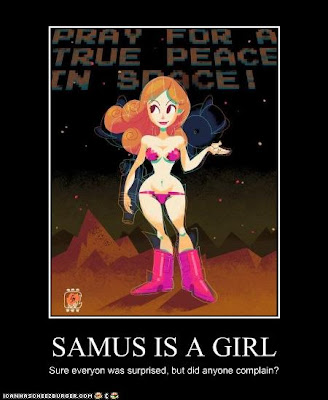Adapting our Road to Clean! game to the Ipad will definitely be a difficult process in itself. The tricky part is going to be not including the board itself as most concepts go along with the board. My first thoughts for the Ipod adaptation are to keep the idea of having questions that were originally featured on the cards. I would also like to incorporate some other way of using the PEST cards so that it makes the game more of a challenge. My thought here is to possibly have the ipad version play out with adding and subtracting points if the PEST card says move 5 spaces back, the spaces could simply serve as movement points. The person who answers the most questions correctly and therefore accumulates the most points will win the game. The Ipad version will allow 1-2 players as 4 players would feature an online concept.
As many Ipad games do, this will feature a start screen. The screen will introduce the title and consist of a Start button as well as an instructions button which players will be able to tap. Following the instructions button will allow the player(s) to browse through the rules of the game. Once the player pushes the start button, they will then be able to select a color that they choose to play with. They will be able to select the color by scrolling through them with their index finger. After they have chosen, an arrow directing them forward will take them to the Wetlands.
In each land, the player will be asked questions about that land and will either receive 1 or 2 points for answering it correctly. Each question displayed upon the screen will contain the color code of the land. For example, Wetlands will feature either one or two blue dots which will signify the amount of cleanly points obtained If they answer incorrectly, the player will remain at 0. The more points that each player obtains, the further they are getting to becoming uncontaminated.
In gameplay, the player(s) may use PEST points against the computer or the opponent player. These points may be used to add or subtract points from you, the other player, or both. If a player receives a screen featuring images, they obtain even more attack opportunities or subtract significant amounts of points from opponent players.
Each player's color will be displayed onto the actual map of the land that they are in. If the player draws an image card, they will need to touch the image on the map in order to determine the information on that particular play piece. For example, if the tomato appears on the screen, the player will tap the large image which will take them back to the map. The tomato will blink. Once the player taps the blinking tomato, their action card will then occur onto the playfield. For example, if it double's points, those points will automatically be added for that player's turn.
In order to present the iPad game, I will use the Upstage app so that I can display my images onto an Ipad frame. It's truly amazing what a piece of software such as this can do. I am thinking about applying more features from the Ipad into this game. As I have never really played around with the actual unit, I'm not sure exactly how it will work out. I know that I will want to include some interaction such as shaking and turning the pad. This could possible something that the player needs to do between each question.
Just like in the board game, the Ipad version will end when the player with the most questions answered correctly and the most points wins. This may take some tweaking, but so far, these are my ideas for adapting Road to Clean! into an iPad game.













